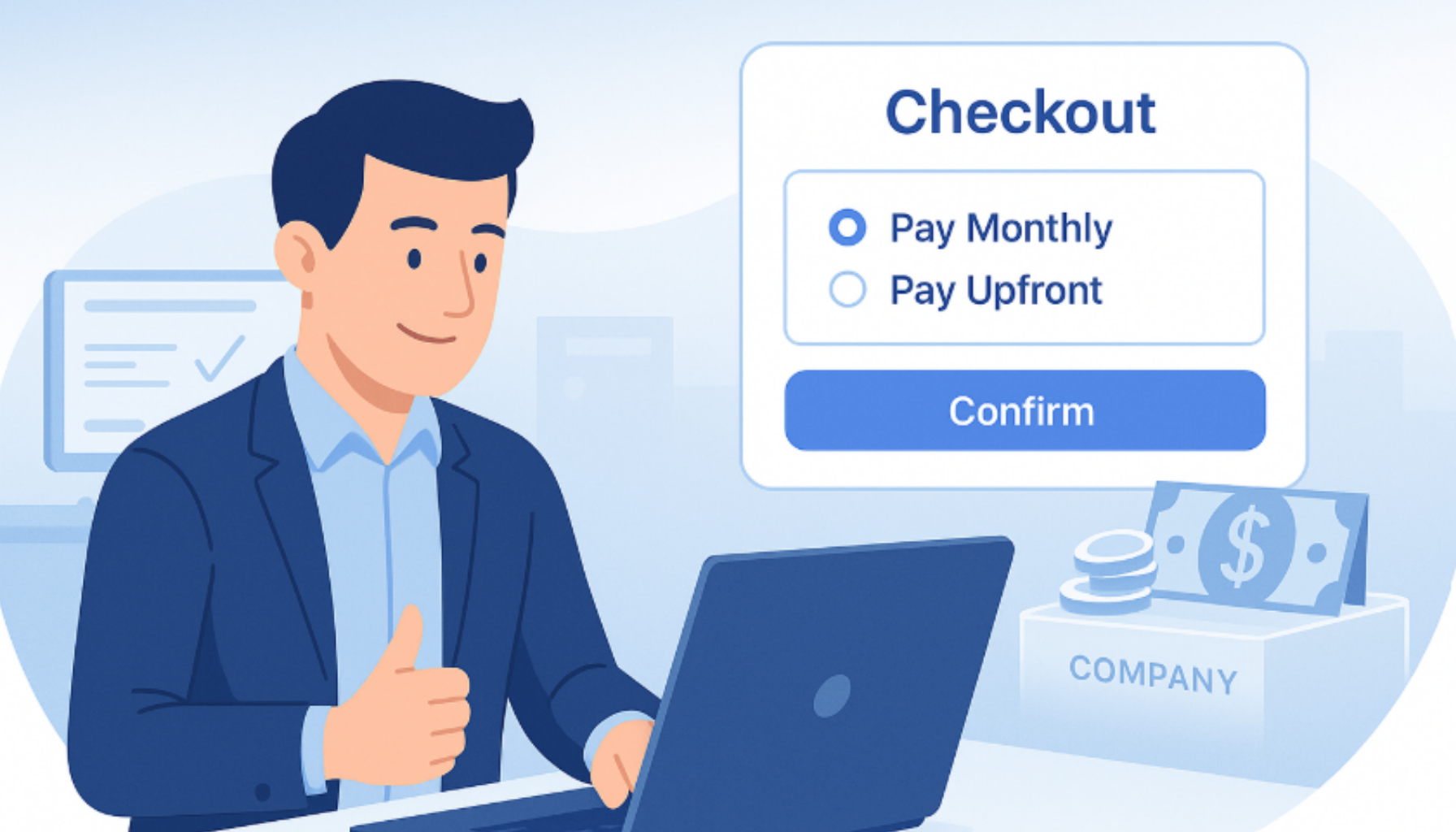With elegant simplicity, Warren Buffet captured the essence of commerce with these immortal words: “Price is what you pay. Value is what you get.” The world’s greatest investor is, of course, correct. Looking past the price tag to see a purchase’s true worth is something all buyers try to do, especially in the SaaS space.
However, in the quest to provide the most useful product, there’s something that many software vendors don’t realize: that a creative pricing strategy can itself drive value for customers.
Cash flow concerns
Enterprise SaaS buyers care about the same things consumers do. They’re looking for a low overall price, with high value. But they’re also looking for flexibility, and the ability to put off paying until tomorrow, or next month, or later in the year.
That’s especially important for buyers now, amid deepening economic uncertainty. But as things stand, few traditional usage-based or tiered SaaS pricing models offer the sort of personalization that businesses want.
Businesses are paying attention to cash flow, not just sticker price — and that means they’re less willing to sign up for contracts requiring big up-front payments, even if they’re given substantial discounts; to evaluate the trade-offs, use our Funding Comparison Calculator.
Help buyers build resilience
That’s a challenge for SaaS vendors — but also an opportunity.
The most innovative vendors know that their customers want payment and pricing flexibility — and that because they value that flexibility, they’re willing to pay for it.
Yes, the contract might cost a little more in the long run, but if it helps conserve capital and build resilience in the short term, it’s a strategically sound investment for the customer.
A stronger pricey strategy
The balance here is understanding the customer’s willingness to pay against their cash flow needs—something you can model with our C2C Simulator. Plus being able to assess the propensity to buy / use more along with determining what the ideal price point really is. It is a true teeter - totter balance.
Vendors that get this right can make their pricing a strategic weapon, and turn flexibility into a competitive differentiator and winning deals without having to discount their product.
Sound good to you? Get in touch to learn how Ratio can help your SaaS business stand out in a crowded marketplace.







.png)


